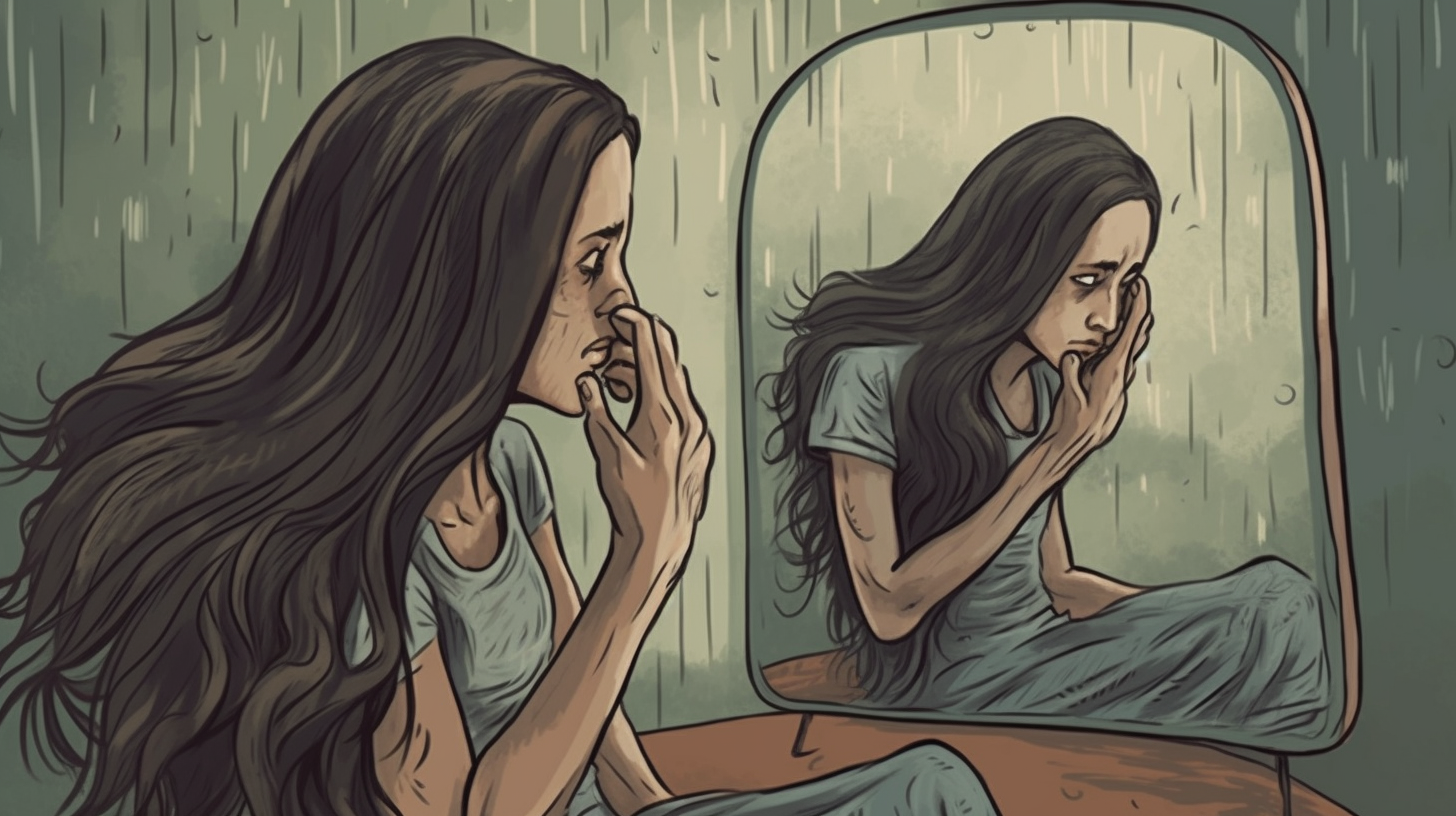Discover the Benefits: The Truth about Braids and Hair Health
Are braids good for your hair? This is a question that many people ask when considering different hairstyles and their impact on hair health. Braids have been a popular choice for centuries, with various techniques and styles that can be tailored to individual preferences. But what are the true benefits of braids for hair health? In this blog post, we will delve into the truth about braids and explore their effects on hair health. Whether you’re an avid braider or simply curious about this styling option, read on to discover the benefits and challenges of braids and learn practical tips for maintaining healthy hair while rocking your favorite braided hairstyles.
The Benefits of Braids
Braids offer several advantages when it comes to hair health. One of the primary benefits is their protective nature. When done correctly, braiding can protect your hair from environmental factors such as sun exposure, wind damage, and excessive heat styling. By keeping your strands neatly tucked away, braids minimize the risk of breakage and split ends caused by these external stressors.
Another key benefit of braids is their ability to promote hair growth. When your hair is in a protective style like braids, it allows your strands to rest and reduces manipulation. This can result in less breakage and increased length retention over time. Additionally, since the ends of your hair are secured within the braid, they are less prone to damage compared to leaving them exposed.
Braids also provide versatility in styling options. From classic three-strand braids to intricate cornrows or box braids, there are countless variations to choose from. This allows you to experiment with different looks while still maintaining the health of your hair. Plus, with proper care and maintenance, braided hairstyles can last for weeks, saving you time and effort in daily styling routines.
The Challenges of Braids
While braids offer numerous benefits, it’s important to be aware of the potential challenges they can present. One common issue is tension and traction alopecia, which can occur when braids are too tight or maintained for an extended period. This can lead to hair loss and damage to the hair follicles. To mitigate this risk, it’s crucial to find a skilled hairstylist who understands how to braid without causing excessive tension.
Another challenge is proper maintenance and hygiene. While braids protect your hair, they can also trap dirt, sweat, and product buildup if not cared for correctly. It’s essential to cleanse your scalp regularly using a diluted shampoo or specialized braid cleanser. Additionally, moisturizing your scalp and hair with lightweight oils or leave-in conditioners can help prevent dryness and promote overall hair health.
Lastly, the weight of certain braided hairstyles can put strain on your scalp and edges. Heavy braids or extensions can pull on the hairline, leading to thinning or even bald patches if not managed properly. To avoid this, opt for lighter alternatives or ensure that the weight is evenly distributed throughout your scalp.
Tips for Healthy Hair with Braids
To maintain healthy hair while rocking your favorite braided hairstyles, here are some practical tips:
- Preparation: Before getting braids, make sure your hair is in good condition. Deep conditioning treatments and trims can help strengthen your strands and minimize breakage.
- Choose a Skilled Stylist: Find a professional hairstylist experienced in braiding techniques to ensure that your braids are done properly without causing excessive tension on your scalp.
- Tension Control: Communicate with your stylist about the desired level of tension. Braids should be secure but not overly tight, as this can lead to hair loss and discomfort.
- Maintain Scalp Hygiene: Cleanse your scalp regularly with a diluted shampoo or specialized braid cleanser to remove dirt and buildup. Be gentle when washing to avoid disturbing the braids.
- Moisturize: Keep your scalp and hair moisturized by applying lightweight oils or leave-in conditioners. Focus on the scalp and roots, as these areas tend to become dry while wearing braids.
- Avoid Excessive Manipulation: Minimize touching, pulling, or styling the braids excessively, as this can lead to breakage and damage. Allow your hair to rest and grow undisturbed.
- Protect at Night: Use a satin or silk scarf or bonnet to protect your braids while sleeping. This helps reduce friction and prevents frizz and tangles.
By following these tips, you can enjoy the benefits of braids while maintaining the health of your hair. Remember that everyone’s hair is unique, so it’s essential to listen to your hair’s needs and make adjustments accordingly.
In Conclusion
Braids can be a fantastic hairstyling option that offers both aesthetic appeal and protective benefits for your hair. When done correctly and maintained properly, braided hairstyles can promote hair growth, protect against external damage, and provide versatility in styling options. However, it’s crucial to be aware of potential challenges such as tension alopecia, maintenance requirements, and scalp health.
To ensure the best results, find a skilled stylist who understands how to braid without causing excessive tension. Maintain proper hygiene and moisturize your scalp and hair regularly. And remember, healthy hair starts with a solid foundation, so prioritize the health of your hair before getting braids.
With these tips in mind, you can confidently embrace braided hairstyles while supporting the overall health of your hair. So go ahead, rock those braids with pride!



